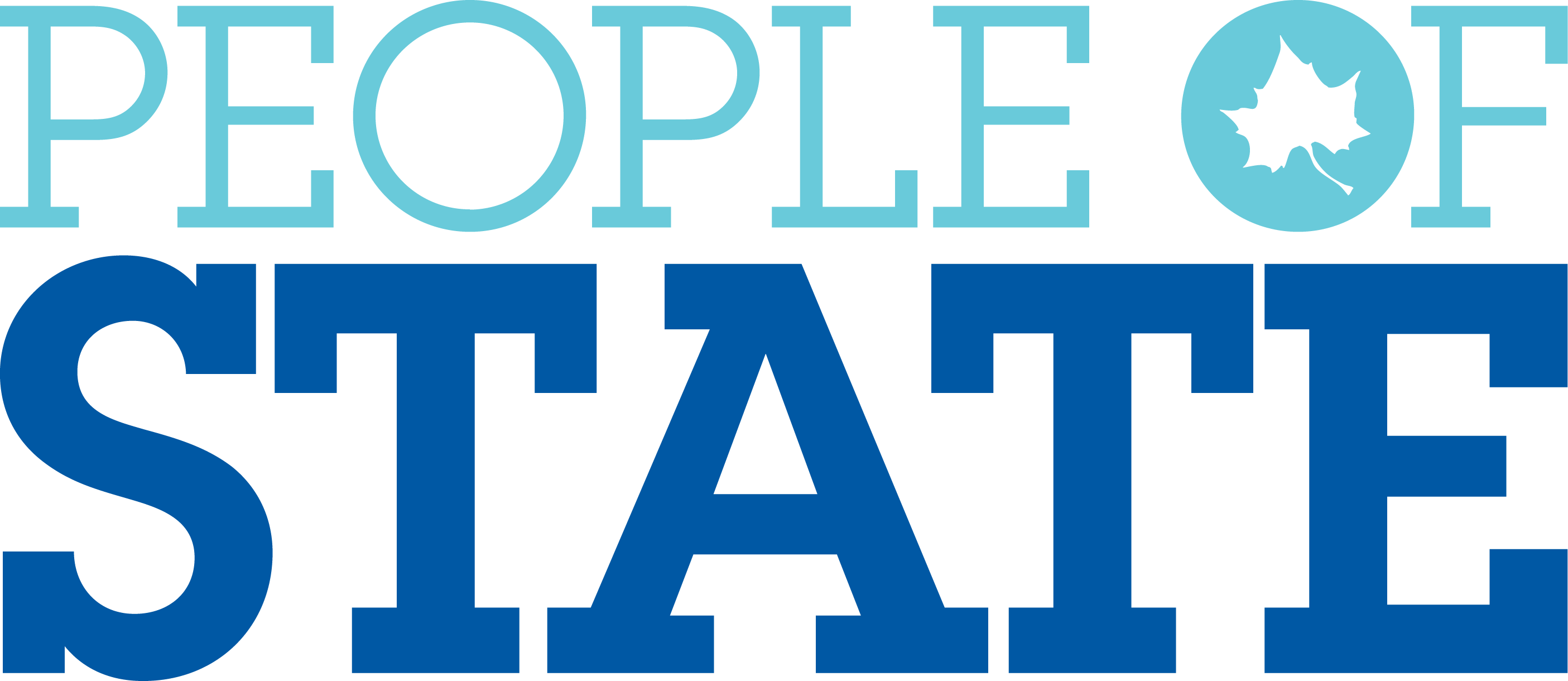
Financial Freedom
By Indiana State University
Nov 1, 2018
This insurance and risk management major eyes the finish line of her degree — completed without taking out any student loans. Her college career didn’t start off as promising.
When Cara Esparza looks back at the 60-hour work weeks and 19-credit hour course loads that made up her early college career before transferring to Indiana State, she amazes even herself.
What she has saved in tuition through scholarships — she estimates to be between $16,000 and $18,000 — she has gained in internship experiences and the chance to learn from faculty at one of the top ranked universities in the nation for insurance and risk management.
“I was looking for more of the college experience and at a lower cost, so Indiana State made the most sense since the only other school in the state that even offers the major is Butler and Indiana State is ranked higher in my major and is so much more affordable,” she said.
Affordability was a key factor for Esparza, who made a promise to herself in high school that she would graduate from college debt-free and not have to burden her family.
It’s a promise she has been able to keep because she has obtained about three university scholarships each semester, as well as state and federal grants and scholarships that fund her education. It allows her to finance her housing and other expenses by saving everything she makes working about 60 hours in the summer and 15 to 20 hours a week as a hairstylist at Sport Clips in Terre Haute during the school year.
“Usually it’s just bills and expenses that I have to pay out of pocket, which I do with the money I make working 20 hours a week,” said Esparza, who is from Mooresville, Ind. “I have made it through four years of college without taking out any loans, which is amazing, but I know I would have had to work so many more hours if I didn’t have the scholarships.”
Since coming to Indiana State, Esparza estimates that she’s saved between $16,000 and $18,000 because of scholarships.
“Before I came to Indiana State, the school I was at didn’t have great scholarship opportunities, so I was working 2½ jobs or about 55 to 64 hours a week, on top of taking 19 credit hours. Transferring here, my first semester of sophomore year was completely paid for with scholarships and I only had to have one job, and it’s helped greatly with my grades,” she said. “For the first time in my college career, I’m only taking 15 credit hours, and I can say that I have made it through four years of college without taking out any loans, which is amazing. I know I would have had to work so many more hours to make it work if I didn’t have the scholarships.”
Esparza has also used the added financial assistance at State to ensure she finishes having taken advantage of every learning opportunity possible, including two internships.
Her first risk management internship two summers ago was with Federal Home Loan Bank, where she served as a risk analyst assistant handling projects of up to $1 million in assets. It’s an opportunity Esparza didn’t think would be possible until she was encouraged to apply by employees at the Career Center.
“It was my sophomore year and you always hear seniors say you’ll never get an internship your sophomore year, but along with going to the Career Center, I also went to the Meis Student Development Center to have my resume looked at several times,” she said. “After that, I feel like it really gave me the confidence I needed going to my internship and when I came back in the fall I felt like I completely understood what my professors were talking about in class.”
In her final summer as a student, Esparza again sought an internship and found an opportunity underwriting with Erie Insurance in Erie, Penn., thanks to a fellow classmate who interned with the company.
“I moved completely out there, they paid me an hourly wage and paid for my housing, which is something I don’t think I ever would have been able to do otherwise,” she said. “I learned how to make policies for commercial and individuals and I know this is exactly what I want to do now when I graduate. I’ve always been in the customer service field and enjoying helping people, learning their needs and specializing it for them. I also really like accounting, finance and the numbers side of things and this career field allows me to do it all.”

